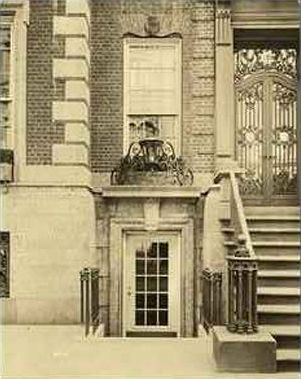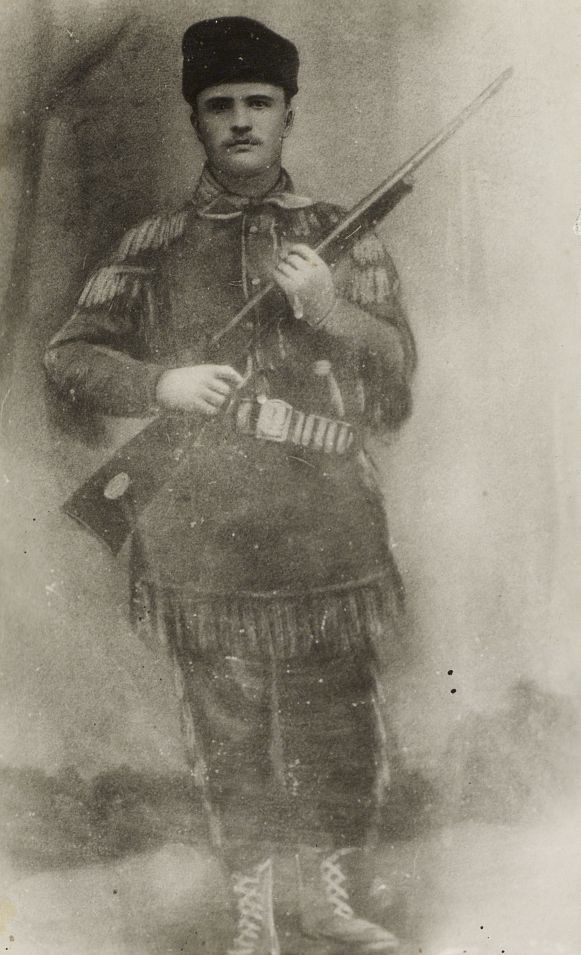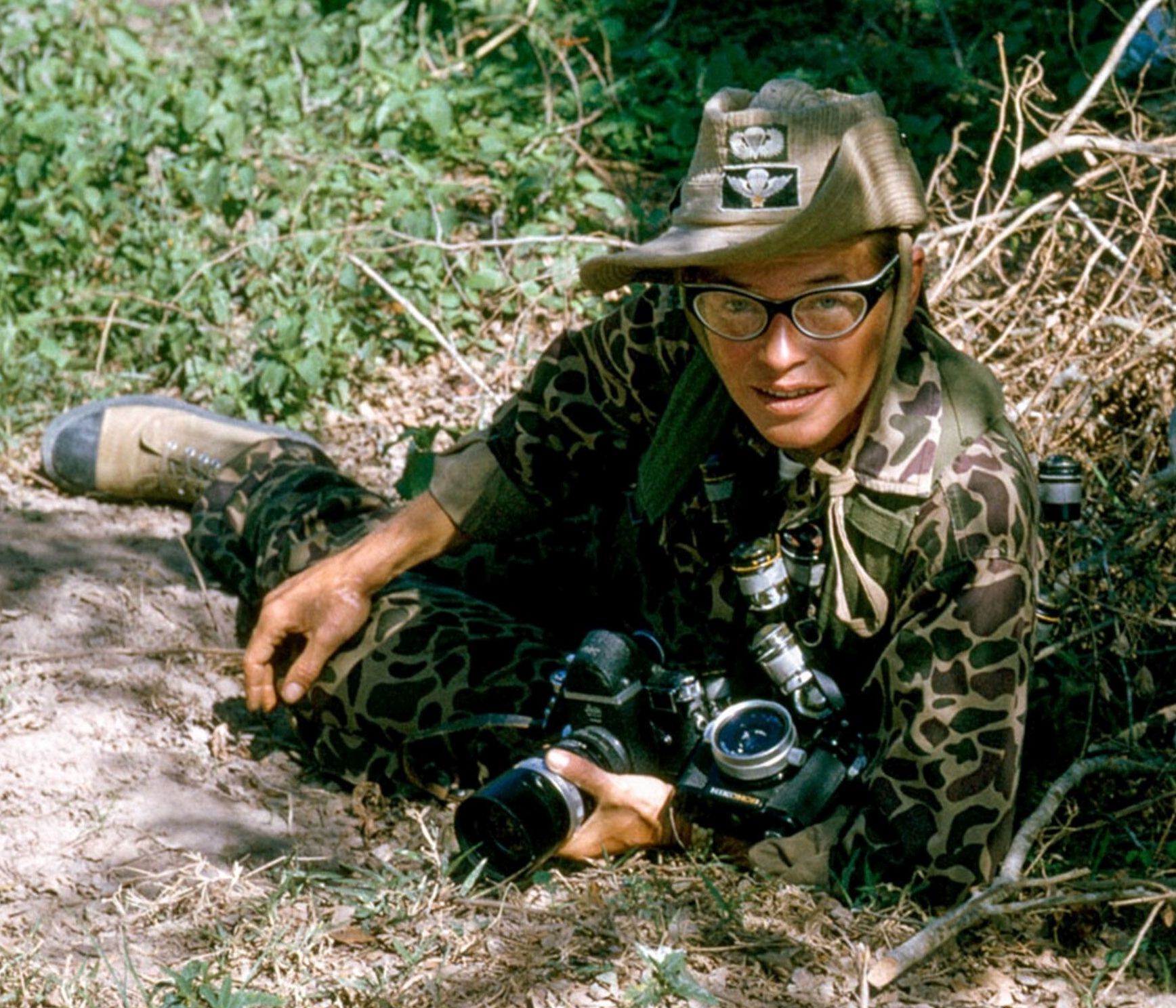
Editor’s Note: Benjamin Banneker was born free in 1731 in Baltimore County, Maryland in an environment in which abject deference to white people was not as deeply embedded as it was farther south. He was gifted in the sciences and became a naturalist and almanac-maker. In his 60th year, he wrote a letter to Secretary of State Thomas Jefferson, challenging the famous espouser of liberty – and owner of over 200 slaves – to get beyond the doctrine of white supremacy and to support racial equality in the new nation.



